How convenient for those who hated the Duke of York to use these rumours to their advantage? Indeed, some five months later, William de la Pole was found murdered on a beach near Dover!
What is more likely is that he was killed by sailors, not on the order of the Duke of York, but when they discovered that he, as Keeper of the Privy Seal, was in town to make reduced payments to the sailors due to their behaviour during church services.
Following this incident, inhabitants of Portsmouth were excommunicated for fifty years.
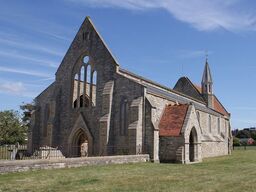
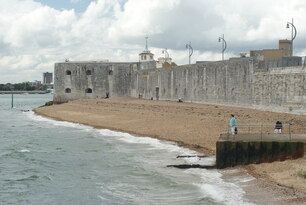
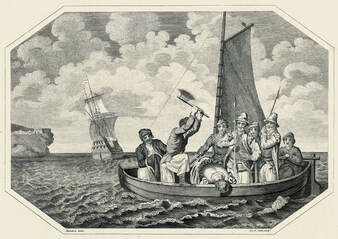
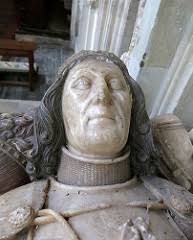
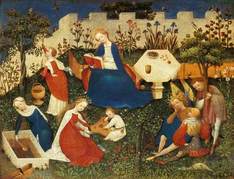
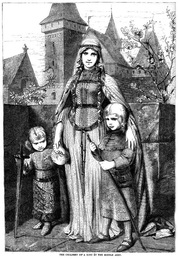
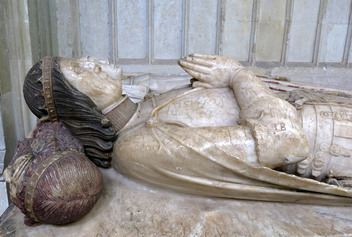

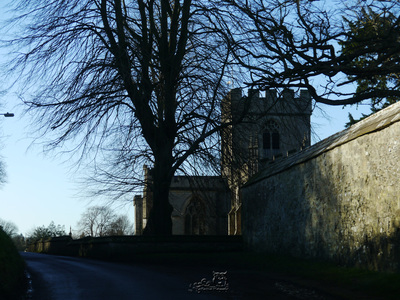
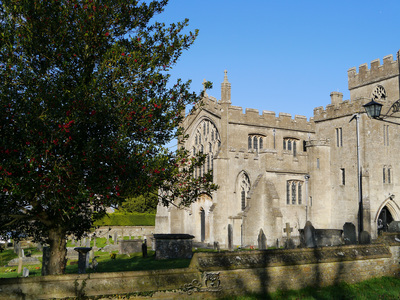

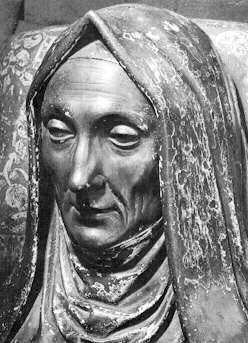
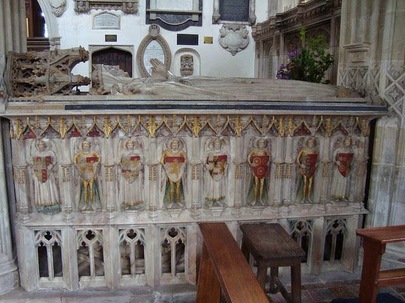
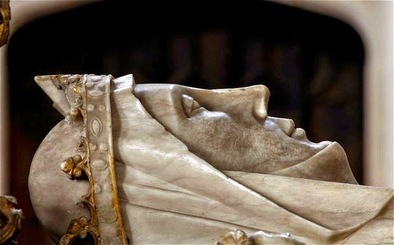
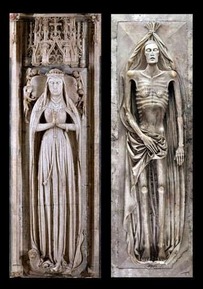
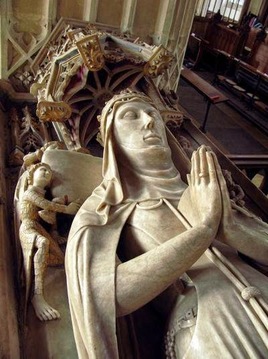
 RSS Feed
RSS Feed
